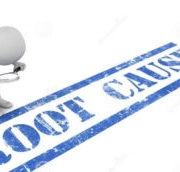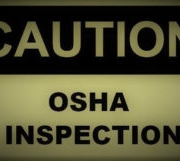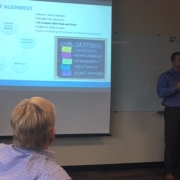Every organization deals with risks. How your organization manages those risks, directly affect your company and employees, and should be treated appropriately. The key to risk management is having a plan, carrying out that plan, checking that plan, and making the necessary adjustments.
This “Risk Management” thing is not a new concept. We have always evaluated risks and made decisions accordingly. This holds true throughout history, dating all the way back to cavemen. It could be argued that logic or common sense played a key role in managing risk in a caveman’s world.
In the interest of self-preservation, physical risks such as poisonous plants, dangerous animals, other cavemen, and yes, even fire were at the center of focus when managing risk.
But as the quote goes:
“Anyone who believes that they have common sense has simply forgotten who taught them what they know” — Alan Quilley
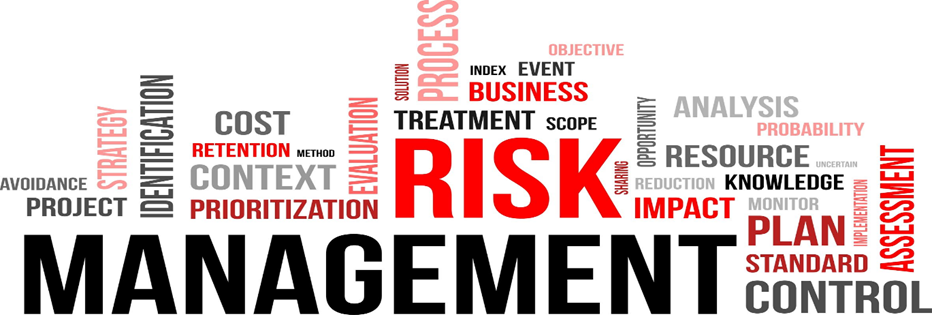
Fast forward a few years when construction managers were still using paper notepads. At that point in time regulations consisted of “one size fits all” standards and it was thought that if you were compliant, it was safe.
Years later there was a fundamental change. Companies no longer relied on the “one size fits all” standards and began to implement systems that established reasonable measures to keep their workers safe.
Eventually, companies concluded there were three main reasons for managing their risks:
1. There was a MORAL OBLIGATION to avoid putting workers in hazardous situations.
2. There were STANDARDS that created a legal responsibility for companies to maintain safe working conditions.
3. Time, money, and effort spent on dealing with accidents and/or incidents COST more than it did try to prevent them.
Safety Management System (SMS)
Ultimately, this led to the implementation of a true Safety Management System (SMS). A systematic way of identifying and managing risk in the workplace.
A systematic approach to building a culture of safety from within the company. This approach includes policies, procedures, systems, and organizational accountability to verify the SMS is being effectively deployed and maintained.
Key Factors to properly implementing an SMS
1. Identification of Risk – Identifying hazards and the assessment of the risk associated with each hazard.
2. Management of Risk — Procedures to mitigate risk.
3. Monitoring of Risk – Constant evaluation of SMS.
4. Continual Improvement – Improvement of processes
The method behind the management of an effective SMS is a cycle of continual improvement called “Plan, Do, Check, Act” and is not always as simple as it sounds.
– Plan: From the risk assessment to the identification of risks associated within your organization, to the policies and procedures and the allocation of resources.
– Do: The implementation of your plan as it applies to your organization.
– Check: The performance of your plan is evaluated for efficiency, effectiveness, and relevance.
– ACT: Adjustments and improvements are made accordingly, which resets the process.
STC Safety Training & Compliance is a culmination of lessons learned. We are comprised of experienced safety and risk professionals serving many industries across the United States.
Our team understands the risks companies encounter each day and are ready to go on the journey to build foundational cultures through a systematic process that is unique to each individual organization.
Although slightly more complex than a caveman’s risk management, the focus is still the same, preserving the world’s most precious resource – human life!
Chris Hall
Client Partner | SSH, CRIS
Chris has worked as a Safety Consultant with STC for the last 4 years, helping clients develop and implement safety plans.
